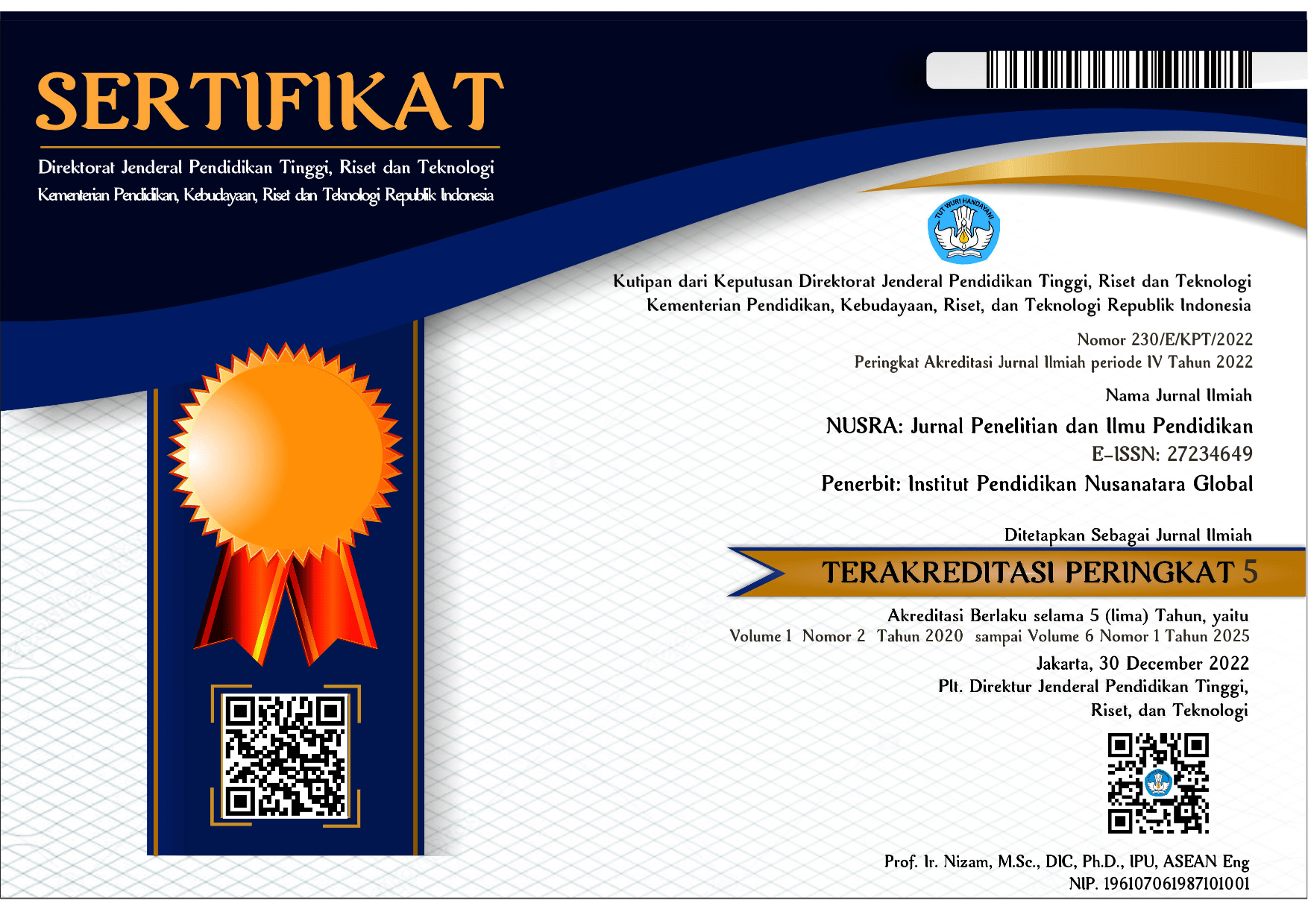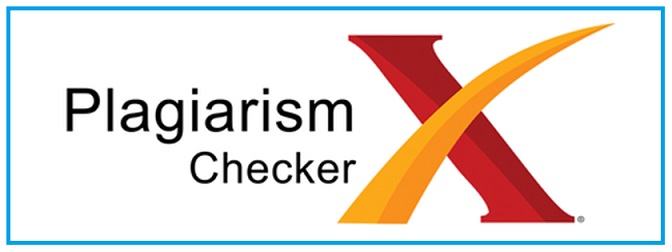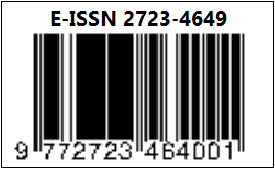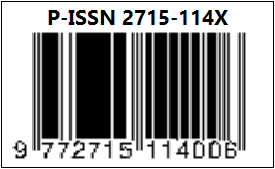DISCOURSE ANALYSIS DISCOURSE ANALYSIS OF PRESIDENT BARRACK OBAMA’S SPEECH IN AL AZHAR UNIVERSITY
DOI:
https://doi.org/10.55681/nusra.v4i2.778Keywords:
Barrack Obama, Speech, AttitudeAbstract
The purpose of this research is to analyz what kinds of attitudes showed in President Barrack Obama's speech, how does President Barrack Obama express his attitudes, and how does President Barrack Obama amplify his attitude toward Islam in his Al-Azhar University speech. Based on the data analysis, this research concluded that president Barrack Obama showed the three kinds of attitude namely affect, judgment,and appreciation. The affect dominates the proportion of the attitudes employed in president Barrack Obama's speech 25 sentences it equal to 53%, followed by judgment in the second place'13 sentences it equal to 28%. Appreciation was the least resource of attitude used in the president Obama's speech 9 sentences it equal to 19%. The positive attitude consists of 36 sentences it equals to 77% than negative one consists of 11 sentences it equals to 23%, because he knew that America and Islam have been in tension. In amplifying his attitude the use of focus is more frequents than the force in which 33 sentences in focus and 14 sentences in force. As well as the amplification of President Barrack Obama's attitude tend to focus because America and Islam has been in tension therefore he focused on improving the relationship between America and Islam. As American president who spoke in front of Muslim majority, he was a marvelous leader who could analyze problems and find the solutions.
Downloads
References
Adisti, A. R., & Hasbi, M. (2022). Women’s speech, a call for economic empowerment: An appraisal analysis. Gender Equality: International Journal of Child and Gender Studies, 8(2). https://doi.org/10.22373/equality.v8i2.13562
Alhabib, A. A. (2020). Appraisal Devices Realizing Attitudes in Barack Obama’s First Inaugural Speech. International Journal of Linguistics, 12(5). https://doi.org/10.5296/ijl.v12i5.17618
Carthy, M. (1991)Discourse Analysis for Language Teachers. Cambridge: CUP.
Elizabeth, M. (2003).Painless Speaking. New York: Barron's Educational Series,Inc.
Fuentes-Lara, C., & Arcila-Calderón, C. (2023). Islamophobic hate speech on social networks. An analysis of attitudes to Islamophobia on Twitter. Revista Mediterranea de Comunicacion, 14(1). https://doi.org/10.14198/MEDCOM.23044
Hadidi,Y.And Bagheri,L.M. (2015).Systemic Functional Linguistics as Interpersonal Semantics:Appraisal and Attitudein the Stylistic Analysis of an English Novel.International Journal of Linguistics.The University of Tabriz: Machothink Institute.
Maria Ulfa, & Mulyadi. (2021). Teenager Attitude Toward Hate Speech Phenomenon in Aceh Society. Talenta Conference Series: Local Wisdom, Social, and Arts (LWSA), 4(2). https://doi.org/10.32734/lwsa.v4i2.1203
Martin, J.R. and Rose, D. (2003). Working with Discourse: Meaning beyond the Clause. London: Continuum.
Rohmawati, I. (2016). Appraisal Devices Realizing Attitudes in Barack Obama’s Inaugural Speech. Journal of Vision, 5(1). https://doi.org/10.21580/VJV5I1859
Sari,K.P.(2013).A Discourse Analysis Of The Interpersonal Meaning In William Wordsworth's Poem “An Evening Walk" Publised In 1793. A Graduating Paper.Unpublished.State Institute For Islamic Studies (Stain)Salatiga.
The Official Website of the United State Government.(2009). Text of Barack Obama’s speech in Al-Azhar University.
White, P.R. (2001). Appraisal: an Overview. Retrieved at http:// www.grammatics.com/appraisal/AppraisalGuide/Framed/Stagel-Attitude.htm accessed 02/09/2022.
Downloads
Published
How to Cite
Issue
Section
License
Copyright (c) 2023 NUSRA: Jurnal Penelitian dan Ilmu Pendidikan

This work is licensed under a Creative Commons Attribution-ShareAlike 4.0 International License.














